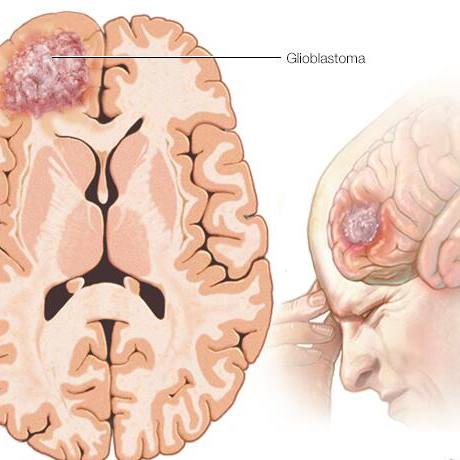-
Cancer
Living With Cancer: Understanding neuroendocrine tumors

Neuroendocrine tumors
Neuroendocrine tumors are rare and can occur anywhere in the body. Most neuroendocrine tumors occur in the lungs, appendix, small intestine, rectum and pancreas. There are many types of neuroendocrine tumors. Some grow slowly and some grow very quickly. Some neuroendocrine tumors produce excess hormones. Others don't release hormones or don't release enough to cause symptoms. Treatment of neuroendocrine tumors depends on the type and location of the tumor, whether it produces excess hormones, how aggressive it is and whether it has spread to other parts of the body. Learn more about the symptoms of neuroendocrine tumors and when you need to see a health care provider.
Treating ductal carcinoma in situ
Ductal carcinoma in situ is the presence of abnormal cells inside a milk duct in the breast. Ductal carcinoma in situ is considered the earliest form of breast cancer. It's noninvasive, meaning it hasn't spread out of the milk duct and has a low risk of becoming invasive. Learn about the diagnosis and treatment options for ductal carcinoma in situ.
Atypical cells: Are they cancer?
A Pap test or tissue biopsy report of atypical cells, also called dysplasia, can be worrisome. These cells appear abnormal, but they aren't necessarily cancerous. Many factors can make normal cells appear atypical, including inflammation, infection and normal aging. Atypical cells can change back to normal cells if the underlying cause is removed or resolved. Learn more from Dr. Timothy Moynihan, an emeritus Mayo Clinic medical oncologist.







